ChatGPT with its sudden rise in popularity has changed the IT world forever.
And everyone wants a piece of it!
Well, this generative AI is good at what it does, understanding human language, and creating appropriate results. From content writing to virtual assistant, and coding, ChatGPT has applications in everything.
In fact, the trend is so great that chat.openai.com has been visited approximately 1.8 billion times over the last 30 days. And most of the visitors are from the USA.
Now, what if we told you, you can integrate ChatGPT into your business and improve productivity, results, & performance?
You can do it! In fact, there are millions of businesses and people who want to do it.
In this blog, we shall be learning all you need to know about ChatGPT integration, its possibilities, why to consider it, and its use cases.
Therefore, with this being said, let’s get right into it:
What is ChatGPT Integration, Exactly?
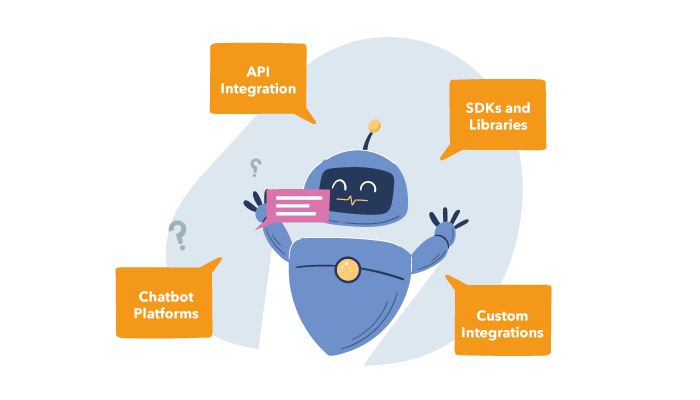
So, what is ChatGPT integration, exactly?
The term “ChatGPT integration” refers to the process of incorporating the ChatGPT language model into various applications, platforms, or systems to enable interactive and conversational experiences.
You see, ChatGPT integration allows developers (as well as Users ) to utilize generative AI’s capacity in their own software or service.
Now, speaking of integrating ChatGPT, there are several ways to achieve this.
Let’s see what these are:
API Integration
There are a lot of people asking” Is there an API for ChatGPT?”
Recently, ChatGPT has recently introduced their own API in name of whisper APIs.
OpenAI provides an API (Application Programming Interface) that allows software developers to interact with ChatGPT.
By integrating the API into their applications, developers can send prompts or messages to the API and receive model-generated responses in return.
This enables real-time conversational interactions with ChatGPT.
SDKs and Libraries
This is the second way to integrate ChatGPT into your business app.
OpenAI offers software development kits (SDKs) and libraries in various programming languages that simplify the integration process.
These SDKs provide pre-built functionalities and code snippets to interact with the ChatGPT API, making it easier for developers to incorporate ChatGPT into their applications.
Custom Integrations
Thirdly, Mobile App developers can also create custom integrations by directly interfacing with the ChatGPT API using HTTP requests.
This approach allows for more flexibility and control over the integration process, but it requires manual implementation and handling of API requests and responses.
Chatbot Platforms
And lastly, some chatbot development platforms and frameworks support integration with ChatGPT.
These platforms provide a higher-level interface for creating and managing chatbot interactions, often with built-in integrations for various AI models, including ChatGPT.
And this is how you can build an app with ChatGPT or integrate it in your own solution. Choose the approach that best fits your business needs and project requirements.
Why is Integrating ChatGPT in Your Business A Good Idea?
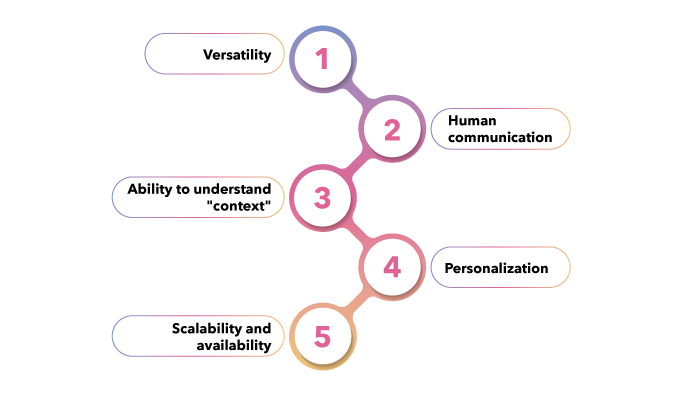
Yeah, there’s a lot of talk going on about ChatGPT integration in mobile apps, websites, and other solutions.
But is integrating ChatGPT a good idea? Well, it is an amazing idea. And here’s why:
Versatility
It goes without saying that this Chat bot is super versatile.
That’s how you can integrate ChatGPT into various aspects of your business, such as customer support, sales, marketing, and more.
It can handle a wide range of inquiries, providing solutions and information to customers in a timely manner.
Human communication
If you have ever used this platform, you know that ChatGPT is designed to simulate human-like conversation, providing a more engaging and natural experience for your customers.
It can understand and respond to user queries in a conversational manner, making interactions feel more personal and interactive.
Ability to understand “context”
Being a generative AI, ChatGPT has been trained on vast amounts of data, enabling it to understand the context of a conversation.
It can maintain the context of previous queries, allowing for more coherent and meaningful exchanges.
This helps in providing accurate and relevant responses to customer inquiries.
Personalization
It is quite obvious that ChatGPT can be customized to align with your brand’s voice and tone, making it feel like an extension of your business. And this makes ChatGPT integration that much more appealing.
By incorporating personalized responses and tailored recommendations, it can create a more personalized experience for your customers, enhancing their satisfaction and loyalty.
Scalability and availability
Lastly, one of the big reason to consider ChatGPT integration is, it’s scalability and availability.
You see, ChatGPT can handle a large volume of inquiries simultaneously, providing consistent and reliable support to customers 24/7.
It eliminates the limitations of human resources, allowing your business to scale its customer service operations without compromising quality.
These are some benefits of integration ChatGPT. And with this out of the way, it’s time to discuss th various use cases of ChatGPT integration.
ChatGPT Integration Use Cases
ChatGPT integration is great and all, what are it’s real world use cases?
Regardless of business type, there are plenty of use cases where integrating ChatGPT can help youe enhance your business’s different aspects.
Therefore, with this being said, let’s get right into it:
· Customer Support
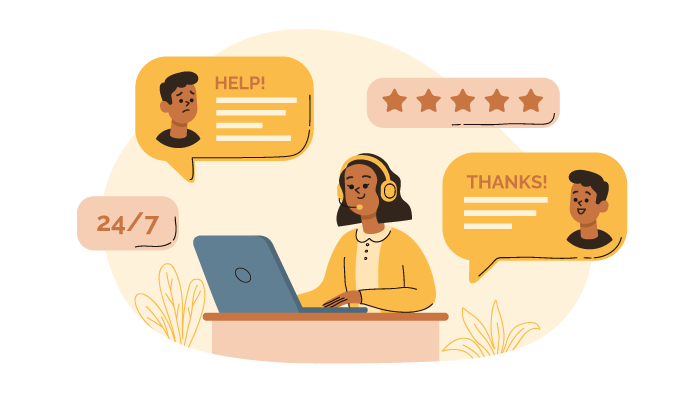
Integrating ChatGPT into customer support systems allows businesses to handle customer queries and provide real-time assistance.
As an advance AI, ChatGPT can understand customer questions, provide relevant responses, and offer solutions or direct customers to appropriate resources.
· Virtual Assistants
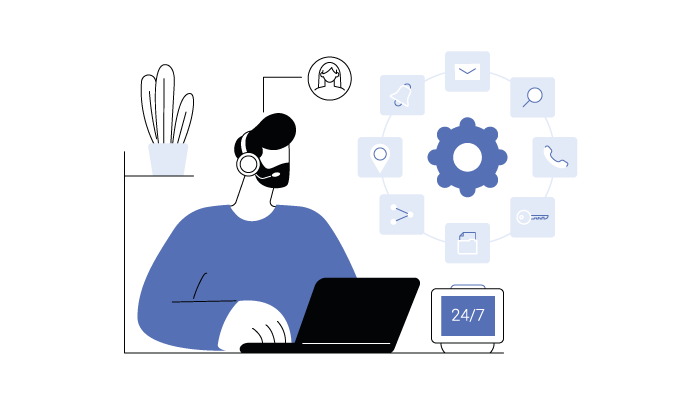
This virtual AI chatbot can serve as a virtual assistant, answering user queries, providing information, and assisting with tasks such as scheduling appointments, setting reminders, or placing orders.
Therefore, integrating ChatGPT into virtual assistant applications improves the user experience and increases productivity.
· E-commerce Support
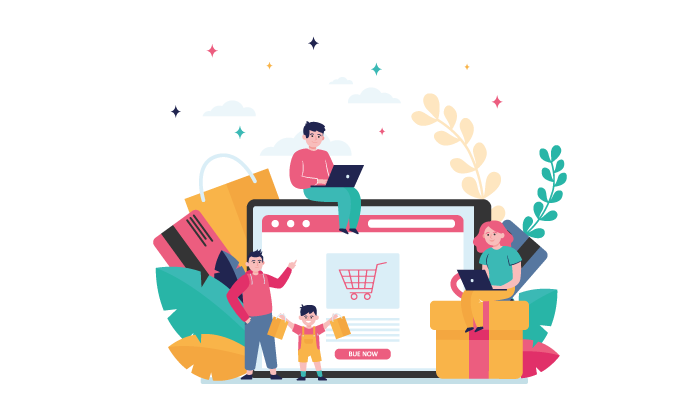
ChatGPT integration can enhance e-commerce platforms by offering personalized product recommendations, answering customer inquiries about products or services, and helping with order tracking or returns.
It can simulate a conversation with customers, similar to interacting with a knowledgeable salesperson. And this is what makes it a great integration option for eCommerce app development.
· Language Translation
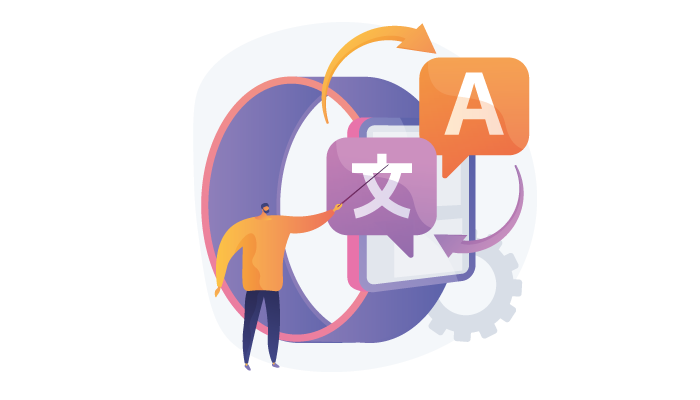
Did you know that ChatGPT can translate languages? It can help users understand and communicate in different languages, enabling cross-cultural communication and breaking language barriers.
This can be a great help when building language learning apps.
· Learning and Education
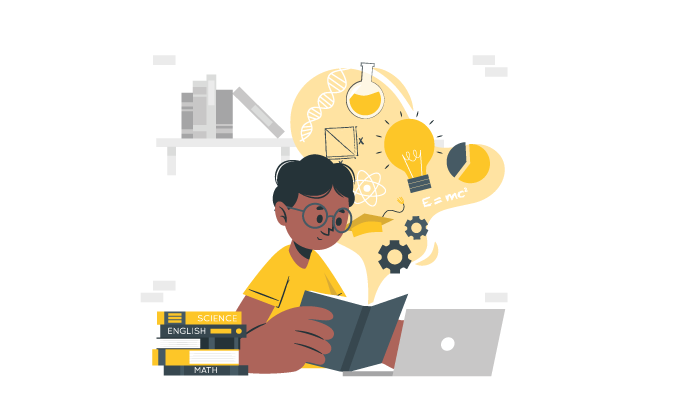
Speaking of language learning, ChatGPT and generative AI like this one have great application in the world of Edtech (Education Technology).
With ChatGPT integration, you can support learning platforms by providing interactive and personalized learning experiences.
It can answer students’ questions, offer explanations, and provide additional resources, acting as a virtual tutor or study companion.
Therefore, if you are developing eLearning app, this integration is a good option.
· Recruitment Industry
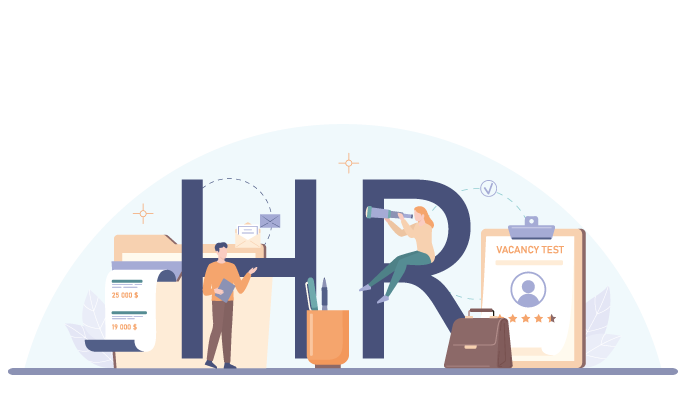
Recruitment industry is booming lately, especially after the layoff situation that is going on.
Integrating ChatGPT into recruitment processes can automate initial candidate screening, answer frequently asked questions about job openings or company policies, and guide applicants through the application process.
It can also assist HR departments in providing information to employees about benefits, policies, or training programs.
· Fintech & ChatGPT Integration

Fintech industry is one of the largest.
From eWallet to loan lending apps, there are a number of Edtech solutions.
ChatGPT can be integrated into banking and financial applications to help customers with account inquiries, transaction history, budgeting tips, and financial planning.
It can provide personalized advice and support for managing finances.
· Gaming
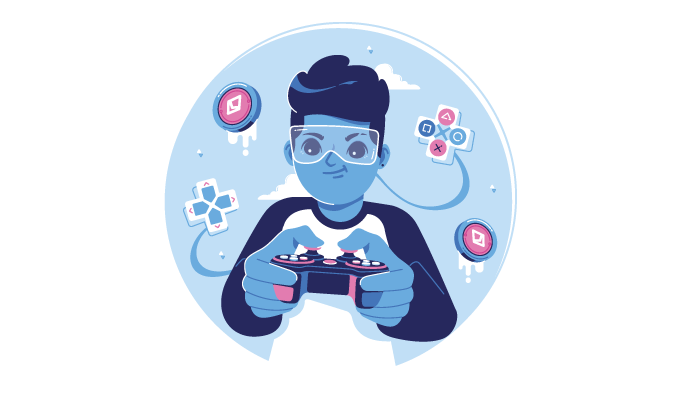
Game development is going more and more popular with time.
And you can improve the process by many times with ChatGPT integration into video games can enhance the gaming experience by creating more interactive and dynamic characters or NPCs (non-player characters).
ChatGPT can engage in realistic conversations, respond to player actions, and provide guidance or hints during gameplay.
These are the use cases of ChatGPT API integration. And with this out of the way, let’s look at some real-world examples of how top companies across the world are using it in their apps and software.
Real-World of ChatGPT Integration: Microsoft, Google, & More.
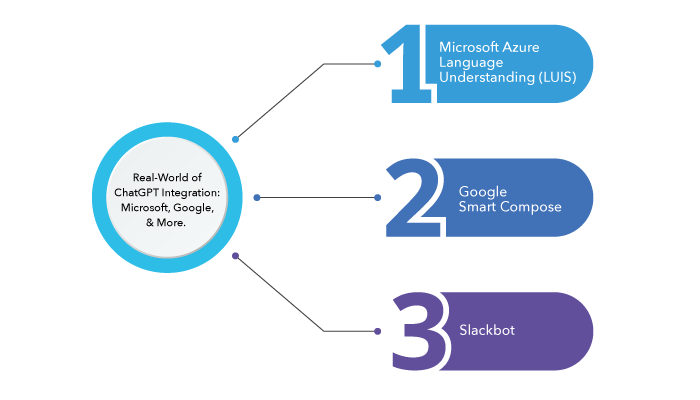
Everyone is integrating ChatGPT into their businesses. And Google, Microsoft, and Slack are doing just that.
Let’s see how this work does.
Microsoft Azure Language Understanding (LUIS)
OpenAI’s GPT models, including ChatGPT, can be integrated with Microsoft Azure’s Language Understanding (LUIS) service.
This integration allows developers to build conversational interfaces and chatbots that leverage ChatGPT’s language understanding and generation capabilities.
Google Smart Compose
Google has integrated ChatGPT-like capabilities into its Smart Compose feature.
Smart Compose suggests completions and helps users compose emails in Gmail by predicting the next word or phrase based on the context of the email.
While the underlying technology may not be directly ChatGPT, it shares similar principles of language generation.
Slackbot
OpenAI has worked with Slack, a popular team collaboration platform, to develop a conversational AI assistant called Slackbot.
ChatGPT’s technology has been integrated into Slackbot to provide intelligent responses, answer questions, and assist users in their daily interactions within Slack.
This is how top companies are using ChatGPT Integration in their solutions. And with this out of the way, let’s move to the next section where we shall be discussing best practices.
Best Practices for ChatGPT Integration
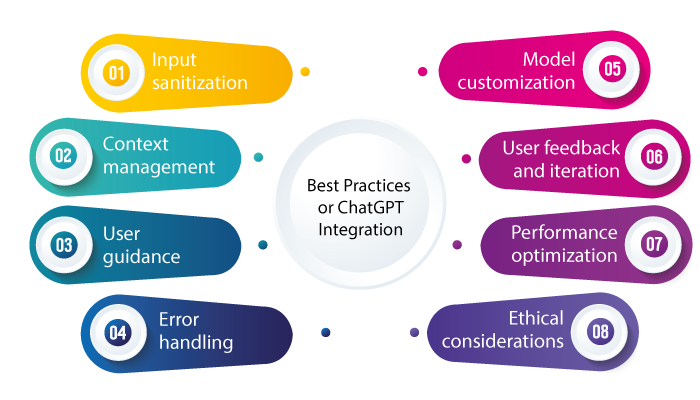
With all said and done, it’s time to discuss some best practices that you should following when integrating ChatGPT into your business.
These are, as mentioned below:
Context management
Design your integration to provide context to ChatGPT.
Maintaining conversation history and context is crucial for achieving coherent and meaningful responses.
Include relevant information from previous interactions to provide a consistent user experience.
User guidance
Clearly communicate the capabilities and limitations of ChatGPT to your users. Set appropriate expectations by making it clear that they are interacting with an AI model.
Provide instructions or prompts to guide users on how to interact effectively with the system.
Error handling
Anticipate and handle errors gracefully.
ChatGPT may produce incorrect or nonsensical responses. Implement appropriate error handling mechanisms to detect and address such situations.
You can consider fallback responses, user feedback loops, or human moderation to mitigate potential issues.
Model customization
Leverage the model’s customization capabilities to fine-tune its behavior and improve its usefulness for your specific use case.
You can create a prompt engineering pipeline to guide the model’s responses towards desired outcomes.
User feedback and iteration
Collect user feedback on the system’s performance and iterate on the integration.
Continuously refine and improve the integration based on user feedback to enhance the user experience and address any limitations or issues that arise.
Performance optimization
Monitor the performance of the integration and optimize it for speed and resource usage.
Depending on your requirements, you might need to consider techniques like response caching, batch processing, or optimizing API calls to achieve optimal performance.
Ethical considerations
Be mindful of potential biases or harmful outputs generated by ChatGPT. Implement measures to minimize biases and ensure responsible AI usage.
Consider including an AI usage policy, moderation mechanisms, or guidelines to address potential ethical concerns.
With the best practices for ChatGPT integration out of the way, let’s conclude our blog.
Conclusion
ChatGPT is the name on everyone’s tongue. With the ChatGPT integration, you can use it to your advantage. In this blog, we discussed all you need to know about the same.
FAQ
Yes, ChatGPT can be integrated into various applications and platforms to provide conversational AI capabilities and interact with users.
Yes, OpenAI provides an API for ChatGPT that allows developers to integrate the model into their applications and make API calls for generating responses.
The integration strategy involves defining the scope, managing context, handling errors, customizing the model, optimizing performance, and considering ethical and legal considerations.
Yes, you can connect ChatGPT to an app by integrating the API, handling user inputs, maintaining conversation context, and processing responses within your application’s interface.
ChatGPT integration involves using an API provided by OpenAI to send text inputs to the model and receive generated responses. Developers can implement this API in their code to enable chatbot-like functionality.
ChatGPT integration can be used for various applications, including customer support, virtual assistants, content generation, language translation, and more. It enables interactive and dynamic conversations with users in natural language.
Yes, programming knowledge is required to integrate ChatGPT into your application or platform. Developers need to understand how to make API calls and handle responses to effectively use the ChatGPT model.
ChatGPT integration can be done using any programming language that supports HTTP requests and JSON parsing. Examples include Python, JavaScript, Java, Ruby, and many others.
Currently, customization options for ChatGPT integration are limited. OpenAI provides a range of system-level prompts and parameters that can influence the model’s behavior, but full customization is not available.
Yes, ethical considerations should be taken into account when integrating ChatGPT. It’s important to ensure the system respects user privacy, avoids biased or harmful outputs, and is transparent about its AI nature.
To ensure the security of user data, developers should follow best practices such as encrypting sensitive information, securely storing API keys, and implementing appropriate access controls to protect user data.
OpenAI provides comprehensive documentation, guides, and example code for ChatGPT integration on their website. Developers can refer to these resources to learn how to effectively integrate ChatGPT into their applications.

Niketan Sharma is the CTO of Nimble AppGenie, a prominent website and mobile app development company in the USA that is delivering excellence with a commitment to boosting business growth & maximizing customer satisfaction. He is a highly motivated individual who helps SMEs and startups grow in this dynamic market with the latest technology and innovation.
Table of Contents












No Comments
Comments are closed.